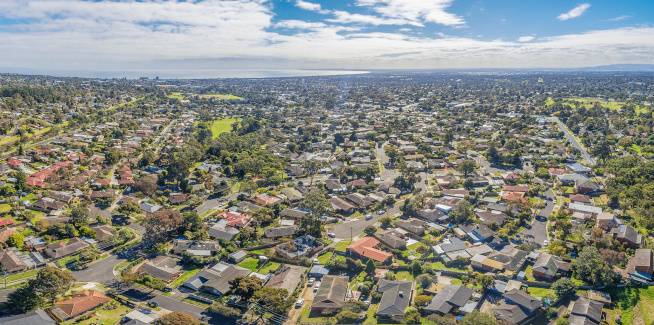CoreLogic’s latest Hedonic Home Value Index has revealed that in June, dwelling values increased in both Sydney and Melbourne, rising by 0.1 per cent and 0.2 per cent, respectively.
The results have marked the first monthly increase in Sydney since July 2017 and the first increase in Melbourne since November 2017.
Hobart was the only other capital city to report an increase in dwelling values (0.2 per cent), with prices falling in Canberra (0.9 per cent), Darwin (0.9 per cent), Perth (0.7 per cent), Brisbane (0.6 per cent) and Adelaide (0.5 per cent).
In total, combined capital city dwelling values fell 0.1 per cent in June, with combined regional values slipping by 0.4 per cent.
However, according to CoreLogic’s head of research, Tim Lawless, the bump in dwelling values across Australia’s largest capital cities contributed to the slowest month-on-month decrease in national home values (0.2 per cent) since March 2018.
“The subtle rate of decline was heavily influenced by trends across Sydney and Melbourne where the pace of falling home values has been consistently reducing over the year to date,” Mr Lawless said.
The CoreLogic researcher claimed that the June data provided further evidence that the downturn in the housing market is “running out of steam”, adding that recent political and economic developments would accelerate the recovery.
“The improvement in housing market conditions over the first five months of the year has largely been organic; however, since mid-May there has been a raft of announcements that should provide a further positive flow-through to housing demand,” he said.
“Stability within the federal government, along with the removal of uncertainty surrounding changes to negative gearing and capital gains tax discounts, has brought about increased certainty and boosted confidence in the housing market.”
Mr Lawless also noted the improvement in housing affordability, which he said could be supported by proposed changes to mortgage serviceability assessment guidelines and lower home loan rates.
However, the analyst acknowledged that dwelling values “remain high relative to household incomes in Sydney and Melbourne”, and said that an improvement in demand for housing credit would be offset by continued scrutiny of income and living expenses, which he described as the “new normal”.
“Overall, it looks like the tide may have turned for the housing market; however, we aren’t expecting a rapid recovery phase,” he said.
[Related: Stamp duty concessions could be on the cards]
 ;
;
